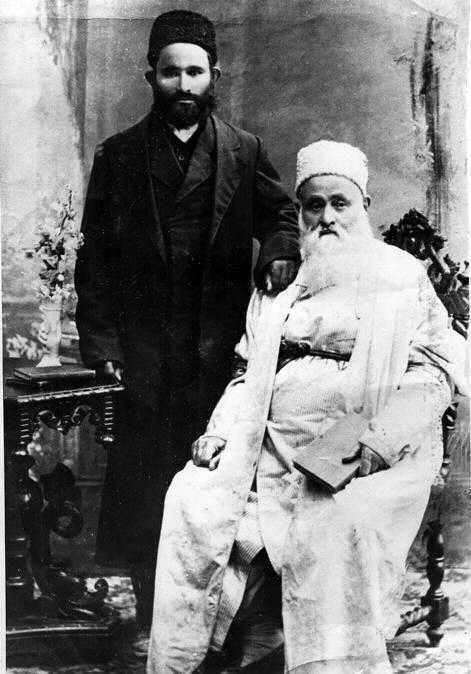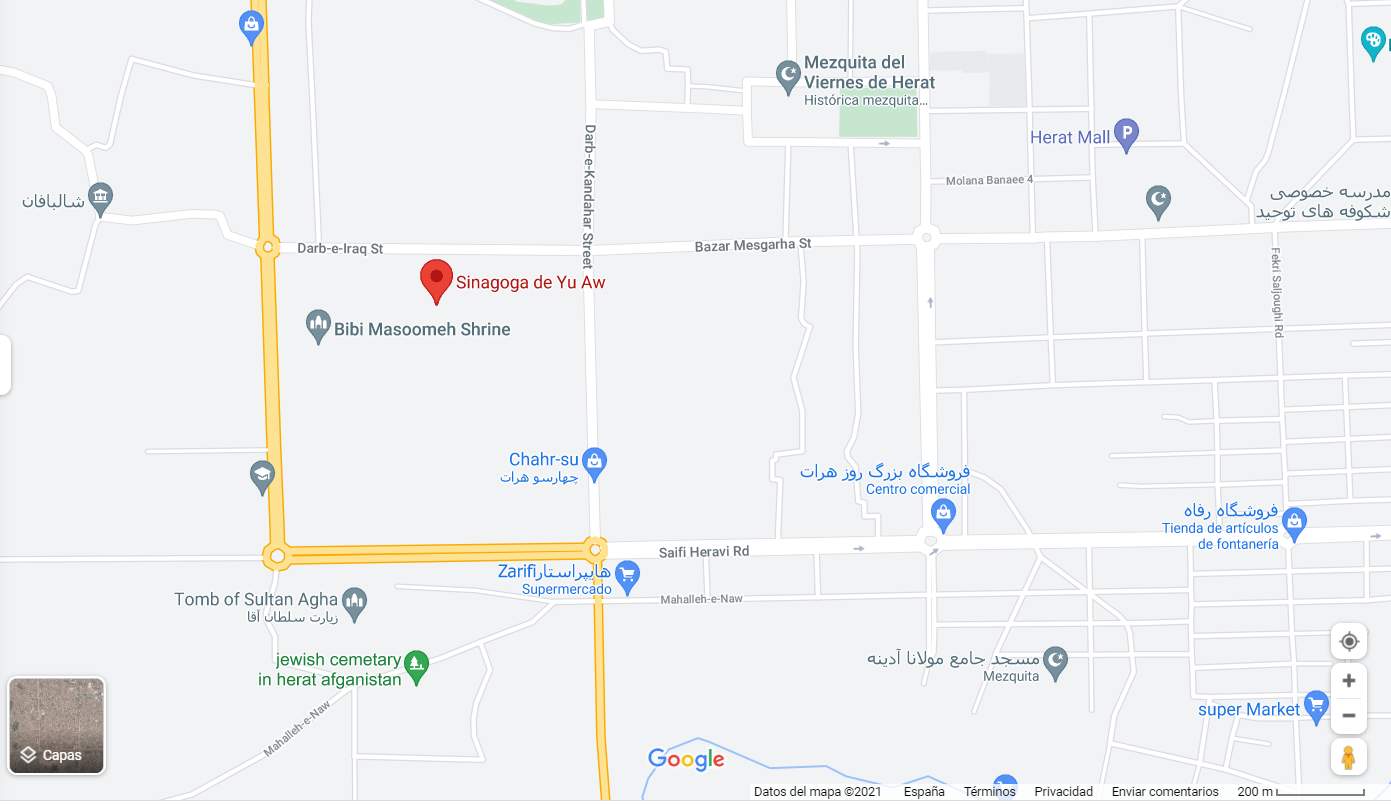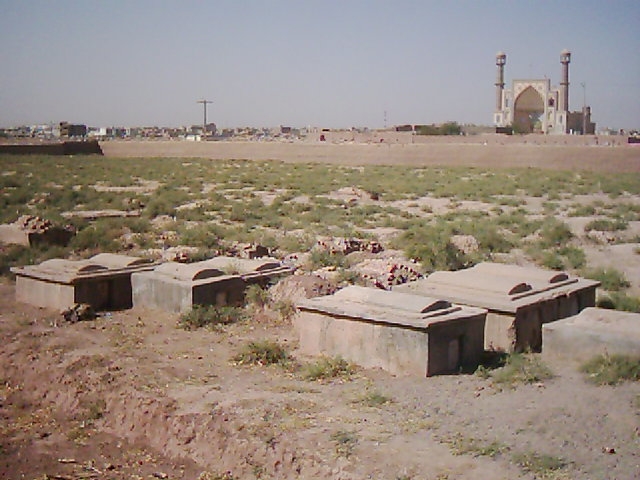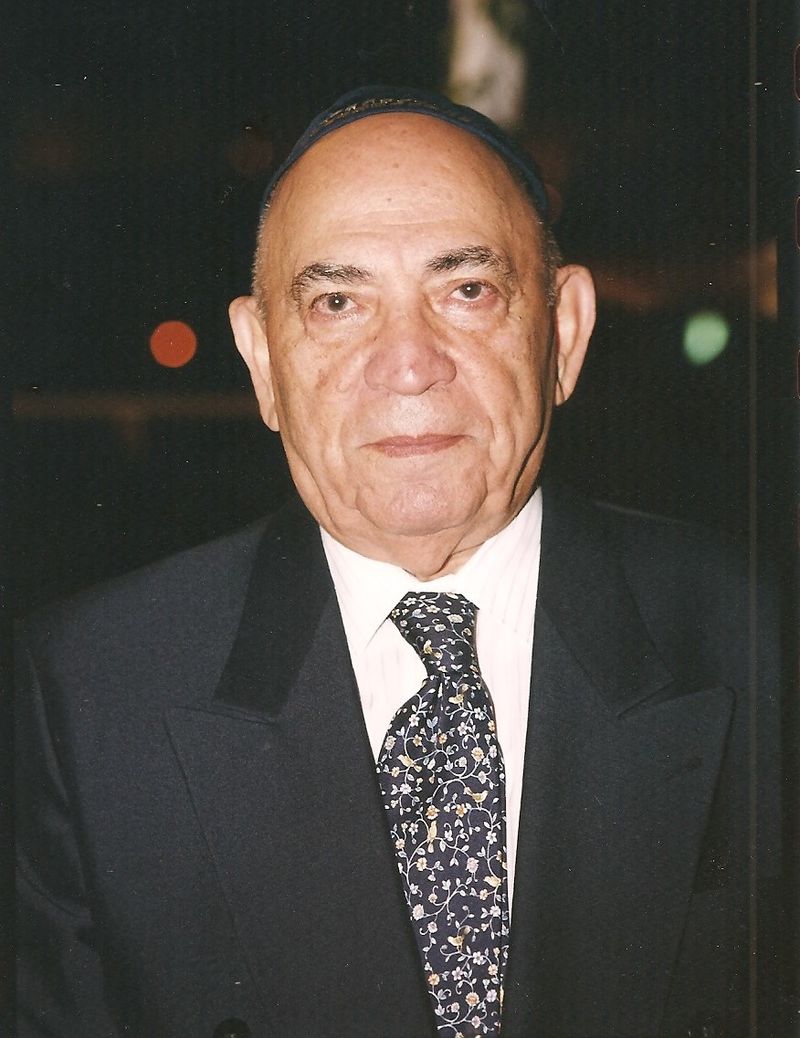20 August 2021 – Shabbat is almost here
And today, we will listen and watch a celebration of life by a group of Afghan Jews
 Hello, how are you? I hope well, despite the terrible news coming out of Afghanistan in the last week. Last Monday I wondered whether there were any Jews left in that country. I found quite a few videos about Zebulon Simentov, the, for a while now, last Jew in Afghanistan. For example, this video from last April suggested that he was preparing to leave. Thirteen years ago, when this video was uploaded, he was already the last Jew in Afghanistan. But yesterday, the Indian channel The World is One News published this other video, in which they state that he will not leave.
Hello, how are you? I hope well, despite the terrible news coming out of Afghanistan in the last week. Last Monday I wondered whether there were any Jews left in that country. I found quite a few videos about Zebulon Simentov, the, for a while now, last Jew in Afghanistan. For example, this video from last April suggested that he was preparing to leave. Thirteen years ago, when this video was uploaded, he was already the last Jew in Afghanistan. But yesterday, the Indian channel The World is One News published this other video, in which they state that he will not leave.
As you can imagine by now, today we will be listening to music by Afghan Jews. It is at the bottom and it is a beautiful video of a time that is gone and may never return.
Then, please, spread the word.
| Share this with a friend, right from here |

About the Jews of Afghanistan
I found this picture ? of two Afghani Jews in the article “The Last Operating Synagogue in Afghanistan“, from the website AtlasObscura.com. It is from the Israel National Photo Collection and public domain.
Mr. Simentov runs that synagogue, that is in Kabul. However, if you search for “synagogue, Kabul” in Google Maps, you won’t find it. According to that article, it is here. If you widen your search not only to Kabul, you will find the Yu Aw synagogue.
According to El Norte de Castilla, in this article from 2009, that synagogue was converted into a madrasa, while maintains intact the architectural mark left by the Hebrew community in the Afghan city until 1978. This article explains that:
- The presence of Jews in Afghanistan dates back 2000 years.
- The creation of the State of Israel in 1948 meant the departure of most of the 280 Jewish families.
- The unstable situation prior to the Soviet invasion meant the final farewell to the last Jews who emigrated first to neighbouring Iran and from there to Canada.
- In 1967 there were 4,000 Jews in Afghanistan, in 1969 there were three hundred and in 1979 there were only thirty.
- Nowadays there is just one, Simentov, since 2005, when the other that still remained, Ishaq Levin, died of natural causes (diabetes), as explained in the article from AtlasObscura.com.
Simentov was suspected of murdering him. Such was the hatred they had for each other. For years, they had a history of serious disagreements, which led them to mutual accusations towards the Taliban of being Mossad spies which made both of them finish the prison several times. If you want to learn more about the reasons for this bitter enmity, why Simentov didn’t leave Afghanistan to settle in Israel with his family when they left and many other anecdotes, this Washington Post’s article is very interesting.

 This ? is the Jewish cemetery in Herat. The picture is public domain and I got it from here.
This ? is the Jewish cemetery in Herat. The picture is public domain and I got it from here.In 2007, the Aga Khan Historic Cities Programme restored the synagogue of Herat and since the restoration it has been used as a madrasa for the kids of the quarter.

What will happen with Simentov now that the Taliban rule Kabul again? According to this article from The Times of Israel, “A Taliban spokesman told Israel’s Kan news on Tuesday that the Islamist militia group will respect the rights of minorities in Afghanistan, including those of the country’s last Jew.“
Do you want more about the history of Jews in Afghanistan? ?
The website of the Museum of the Jewish People in Tel Aviv has a work by Dr. Irena Vladimirsky that is very interesting and enjoyable to read. I will copy some excerpts to make you want to read it in full:
- “…various findings have provided material evidence to indicate a continuous Jewish presence on the territory of Afghanistan since the 8th century CE until the 20th century.”
- “Medieval sources refer to several Jewish centers in Afghanistan; the most important were located in the cities of Merv, Balkh, Kabul, Nishapur, Ghazni and Herat.”
- “From the middle of the 18th century, the Afghan Kingdom was ruled by the Durrani dynasty which tried to prevent Western and especially British influence on Afghan society. This led to the relative isolation of the local Jewish community.
- “The Jews of Afghanistan used Hebrew for liturgy and religious studies, while Judeo-Persian was the main language for day to day usage.”
- “There are various estimates regarding the extent of the Jewish population on the territory of Afghanistan at the beginning of the 20th century. Older sources tend to put the number at close to 40.000 persons living in about 60 communities, but modern researchers consider this number to be greatly exaggerated and generally agree on a much smaller figure of only 4,000.”
- “Although many Jews left Afghanistan during the first half of the 20th century, some of them settling in Israel, it was only in 1950 that the Jews were officially allowed to leave Afghanistan.”
- “In 1990 there were only 15 to 20 Jewish families left in Kabul; however they soon left for Turkmenistan, Uzbekistan, and India.”
About the video of Amar Hashem LeYaakov
I found this video in the channel of Youtube of An Invitation to Piyut. The description says it is “A piyyut for havdalah, performed from the tradition of Afghan Jewry. From the film “Jewish Wedding in Afghanistan” edited and courtesy of Reuven Kashani. All rights reserved to Reuven Kashani.”
This piyyut can be found with more melodies and styles. In this page of the National Library of Israel, you have a collection. It is in Hebrew but it is easy to see where to click to listen to the several recordings and the automatic translator also helps to understand where is each one from. There is also an extensive explanation of the piyyut. I will be very brief. The title means “God said to Jacob”. According to this source, Jacob symbolises the people of Israel, whom God calls not to be afraid and gives them courage and courage. He tells him that the people of Israel will grow and multiply.
I also found this piyyut in the page of the database of zemirot, ZemirotDatabase.org. What is a zemirot? If you don’t know it, in this previous edition of MBS I talked specifically about this.
In the website TheJewishInsights.com I found a mention that Yitzchak Meir (this artist) is working on an album full of Mevala Malka songs. So, what is Melava Malka? Melava Malka means “escorting the queen”, and the queen represents Shabbat. It consist in a joyful post-Shabbat meal, specifically done or selected for this purpose.

And what about Reuven Kashani, the editor of the film? Again from the website of the Museum of the Jewish People, in the work “The Jews of Afghanistan: Family Names and Origins”, by Abraham Mor:
“Mr. Reuven Kashani, editor of the community’s magazine, “Masua”, is the descendent of a family that arrived from Kashan, Iran.[…] Mr. Kashani told that his great-grandfather, Mula Meir, arrived in Harat from Kashan, Iran, perhaps as a rabbinic emissary approximately 250 years ago, and decided to stay. He was born in about 1830 and apparently arrived in Harat in about 1855. His son’s name was Yitzhak, father of Mula Yaakov who in turn was father of Mr. Reuven Kashani.”
And from the page of the Ministry of Foreign Affairs of Israel:
“Reuven Kashani was born in Afghanistan in 1926 and has lived in Israel since 1935. He is a director of Misgav Yerusbalayim, an institute for research into eastern Jewish communities and is a prolific writer on the history of those communities.”
I don’t know if Mr. Kashani is still alive. I haven’t found anything very recent about him. But in any case, I can only thank him for having captured this moment for posterity. And I hope you enjoy it as much as I did.
It’s time to enjoy the music:
Click the picture to listen and to watch to Amar Hashem LeYaakov with an Afghan melody:
| Share this with a friend, right from here |
Shabbat Shalom
Araceli Tzigane | Mapamundi Música
And we share with you one hour of music for joy in this playlist.
To know more about our artists, click here.
May you always find the light in your path.
